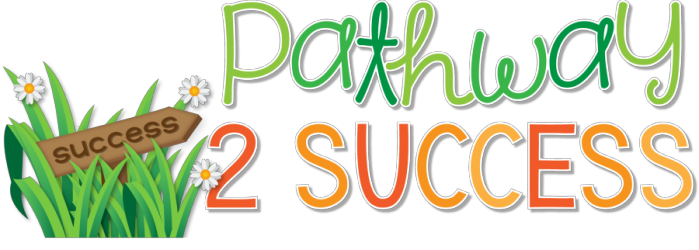Strong feelings of anger and frustration can cause kids and teens to shut down or even act out in aggressive ways. It goes without saying that this can become a challenge in the classroom, at home, or anywhere in a child’s life. Kids and young adults might experience anger and frustration for a variety of […]
12 Simple Ways to Practice Mindfulness
Mindfulness is a self-regulation strategy. With practice, it can help us feel calm, confident, and focused. And while it’s very helpful for us, as adults, mindfulness is a powerful skill we can teach to children and young adults. The goal of this article is to promote simple mindful strategies you can try with your students […]
12+ Social Emotional Skills that Board Games Build
Games are one of the most engaging and meaningful ways to practice social-emotional skills with children and young adults. While there are many fancy online games and activities, sometimes you can’t beat an old board game. Board games are simple, predictable, and easy to pull out whenever you have some extra time during class. In […]
15+ Classroom Practices to Build Self-Regulation Skills
Self-regulation skills are one of the biggest keys for success for students in the classroom. These are some of the skills that help students focus during lessons, wait their turn to share in group activities, transition to a new task when time is up, and start tasks right away. Self-regulation skills are extraordinarily important in […]
20+ Morning Meeting Activities with a SEL Focus
Morning meeting is the perfect beginning of the day for students and teachers alike. That’s because morning meeting is a consistent start to every day, develops meaningful relationships, builds a positive classroom community, and provides a venue to work on social-emotional skills. And even better, morning meeting with a SEL focus is something every teacher […]
Using Whiteboard Messages to Build Social-Emotional Skills
Build social-emotional learning skills in the classroom in just 10 minutes a day using whiteboard messages. Whiteboard messages are prompts projected or written on the whiteboard where students can get up and write their own responses each day. By focusing these messages specifically on social emotional learning topics, whiteboard messages become one of the simplest […]
30 Social-Emotional Learning Activities for Every Classroom
How do I integrate social emotional learning? This is a question many educators are asking themselves. The good news is that there are countless ways to add SEL into the classroom, without it taking over your entire day. Social-emotional learning is a huge umbrella that accounts for the way we build relationships and teach meaningful […]
20+ Ways to Make Learning Fun
Making the Case for Making Learning Fun Keeping the learning process fun and fresh isn’t just something extra to consider before a holiday break or on a Friday afternoon. Adding creative and fun ideas into your lessons can help more learners feel engaged and motivated. This can be a critical element to reaching all learning, […]
Free Supports and Activities to Help Kids Cope With Challenging Emotions
With so much going on in the world today, we could all use extra supports and strategies to cope with tough emotions. Whether it is a scary current event in our world or a problem in their own personal life, there are many reasons why kids might experience strong and challenging feelings. While it’s true […]
Using Quotes to Build Social Emotional Skills
Quotes can be a valuable tool to teach social-emotional skills. They are fun, meaningful, and easy to remember. Taking it one step further, quotes just naturally relate to critical SEL skills like empathy, confidence, friendships, self-control, perseverance (just to name a few). Stop for a moment and think about your favorite quote. You probably have […]
- « Previous Page
- 1
- 2
- 3
- 4
- 5
- …
- 12
- Next Page »













